There’s something alluring and mysterious about the remains of old cultures and civilizations: it’s the lingering questions that each new turn uncovers, and the answers that you may not want to know. What were they like? How did they fall? In The Tarnishing of Juxtia, by developer Actual Nerds and publishers Mastiff and Neverland Entertainment, you won’t have to worry about asking these questions, because Juxtia herself is more than happy to answer them whether you’d like it or not.
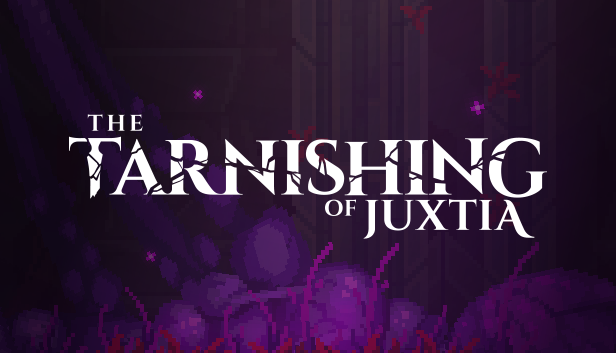
The Tarnishing of Juxtia is a mixture of 2D Action-Platforming and Dark Souls-esque combat, resulting in a mixture I call a Hollow-Souls-like. In it, you play as a nameless knight chosen by the goddess Juxtia to avenge her kingdom, which has fallen to the corruptive sickness known as the Tarnishing. Utilizing every weapon you can find, you work your way through the ruins to the heart of enemy territory to end this plague once and for all. Alongside your various stabbing and bashing implants are powerful magic spells called Brands, which you collect throughout your journey by finding a mysterious character named The Brandmarker. Should you find yourself injured, which you often will, you can restore your health by re-wrapping the bandages your body is composed of, however you only have a limited supply to utilize between each checkpoint fountain. Speaking of checkpoint fountains, those decorated with a statue of a warrior allow you to spend the in-game currency you earn by defeating enemies to upgrade your different stats. Each stat is important in different ways, so dumping all of your points into one stat isn’t advisable, at least at first.
The two game styles mix together well, but the systems they generate aren’t very interesting: to make the game feel more like a Souls-like, many important elements of a Hollow-like are sacrificed, such as the ability to angle your attack, pogo on enemies and hazards, and the replacement of a skill-based healing system with one based on the Estus Flask. Similarly, the ability to dodge enemies relies on the same stamina meter that every form of attack uses. Combined with your slow movement speed, this makes maneuvering around feel like a complete slog when moving normally and an extreme risk when moving faster. Your dodge also only avoids attacks during the beginning of the roll, which can result in a lot of unfair damage before you realize. On the subject of unfair damage, enemies in the early game deal massive damage for seemingly no reason, and give you little time to dodge or counterattack. You end up feeling like you’re too slow to damage your opponents, and the long endlag on all attacks means that nearly every weapon feels like a heavy weapon. You’re better off using the weak but quick dagger you obtain early on in the adventure until you get one of its upgraded variants.
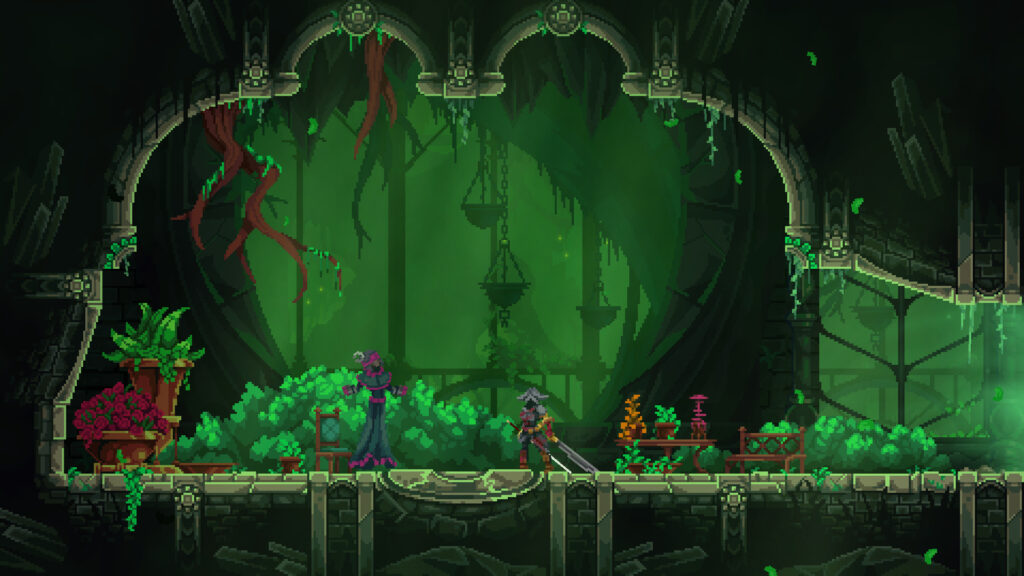
Focusing on the Hollow-like elements of the game, there isn’t much to speak of in the actual gameplay. Where the game shows its clear inspiration is through the Story, Characters, and Locations. The idea of saving a doomed land from a plague isn’t owned by Hollow Knight, but the inspiration is made clear by the moth-like design of Juxtia herself. Similarly, the idea of a nameless knight protagonist who cleanses infection by absorbing the souls of defeated infected is too similar to be a coincidence. The first spell you receive is even a glorified fireball, which is followed up by what is essentially a dive attack. Aside from the design of Juxtia being reminiscent of Hollow Knight’s Radiance, some of the enemies are also very similar. Most interestingly, every character in the game speaks in gibberish sound effects, which was done notably in Hollow Knight. Each area in the game is rather simple and generally unremarkable, however, they share very obvious similarities to other locations in Hollow Knight. The second area is a drowned city inhabited by corrupted enemy knights, but also features areas of darkness which are overtaken by spiders. That’s essentially the same as combining Hollow Knight’s City of Tears and Deepnest locations.
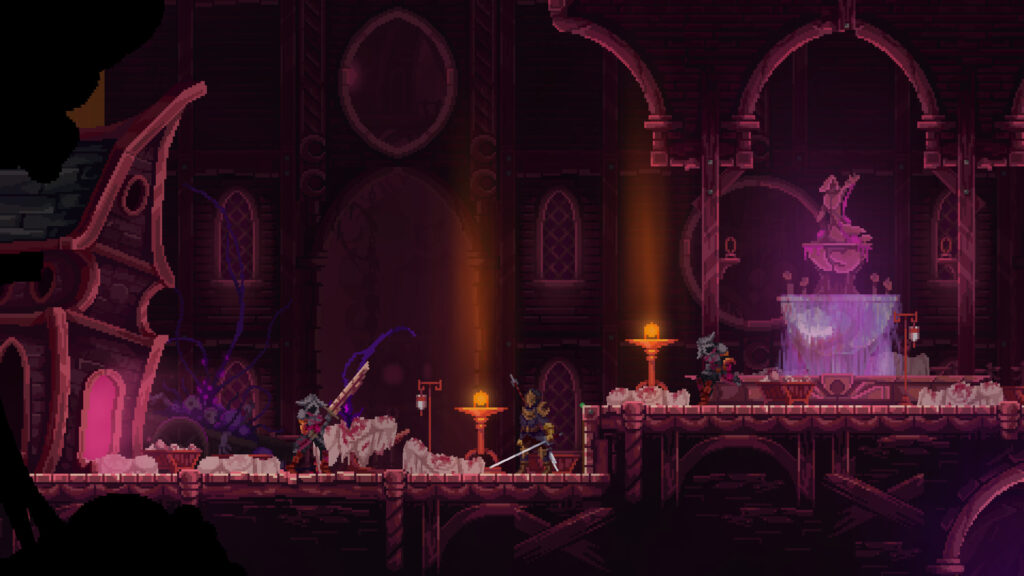
The idea of taking inspiration from a game is not inherently bad. The only real requirement to avoid constant comparison is to do something new or unique with it. I don’t mean to constantly compare this game to Hollow Knight, however, it continually hits the same beats over and over again. From nearly identical “absorbing” animations for gaining a new skill to the abundance of sawblades in the second area and the similarities between the two games’ NPCs, comparison is unavoidable. That’s not to say that The Tarnishing of Juxtia has no original ideas, but they are unremarkable and unrefined. When an area has little going for it other than similarities to another game’s location, what else is there to comment on other than that similarity?
To go over the remaining notes from my time playing The Tarnishing of Juxtia, the balance in the game is all over the place. The first real enemies you encounter after leaving the tutorial area are more powerful than the foes you encounter after their defeat. The difficulty also ramps up incredibly quickly, and without a real way to skillfully avoid attacks with consistency, you quickly find yourself grinding easier enemies for experience. Similarly, losing to a boss all-but condemns you to throw yourself at it again, as there is no way to retrieve your lost experience/money without entering the fight again. If you want to get stronger before facing the boss again, you have to do so starting all the way at zero. The visual design of the game is nothing too noteworthy outside of its similarities to other games, and despite the occasional excellent music track, the game generally lacks any kind of soundtrack at all, leading to a very boring and lonely experience. This loneliness is somehow exacerbated by Juxtia’s frequent interruptions, appearing to say something cryptic yet unhelpful before disappearing once again. Often, she appears multiple times along the same path instead of appearing just once to say her entire piece. And Juxtia is the only character who seems to give you any support or direct agency, as everyone else is either a filler background character or a shopkeep.
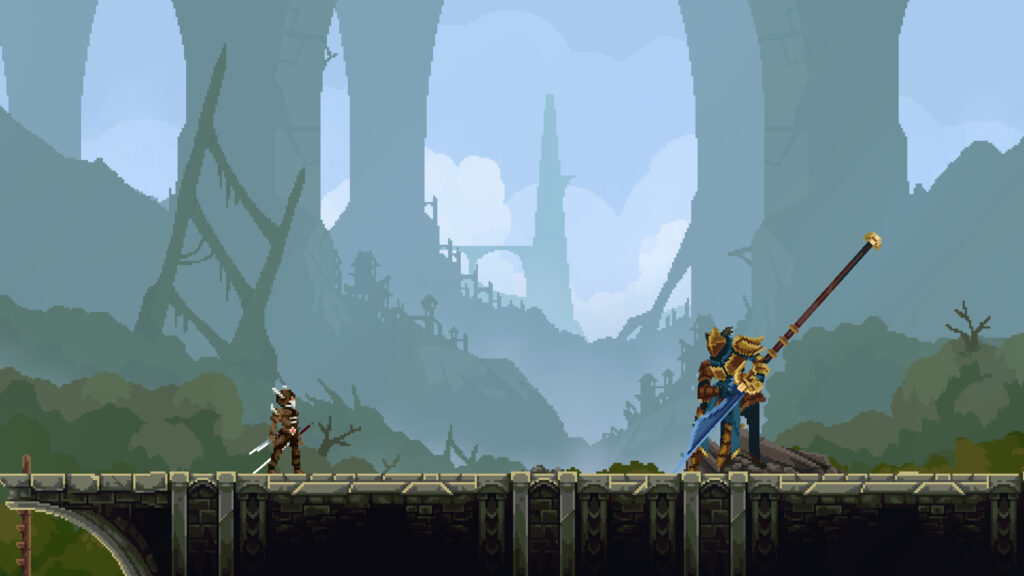
Overall, The Tarnishing of Juxtia isn’t a bad game. It just doesn’t do anything new for the genres it combines, despite being one of the first I’ve seen to do so. Its premise is lifted from other games, its combat is lackluster and punishing, and it doesn’t have an identity of its own. In general, it would be enjoyable for those who have played either of the games it is based on, but not for very long. Again, it isn’t unenjoyable, just mediocre. I would rank it a 6 out of 10, but would encourage the team behind the game to continue their work and perhaps to find a way to change the formats that they have borrowed into something new. For a first outing in a new combination of genres, I’m certain that there is something more to be discovered.
The Tarnishing of Juxtia is available for PC for $24.99 via Steam.
Related: Reviews by Aaron Grossmann
Gaming is a passion that I, like many other people, hold near and dear to my heart. As an aspiring Game Writer and general Storyteller, I enjoy looking into the vast worlds and deep stories of every game I can. Then again, sometimes bad guys just need a good pummeling, and I am more than happy to provide!

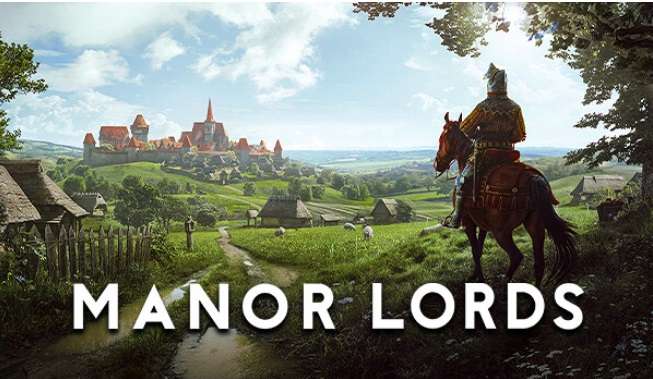

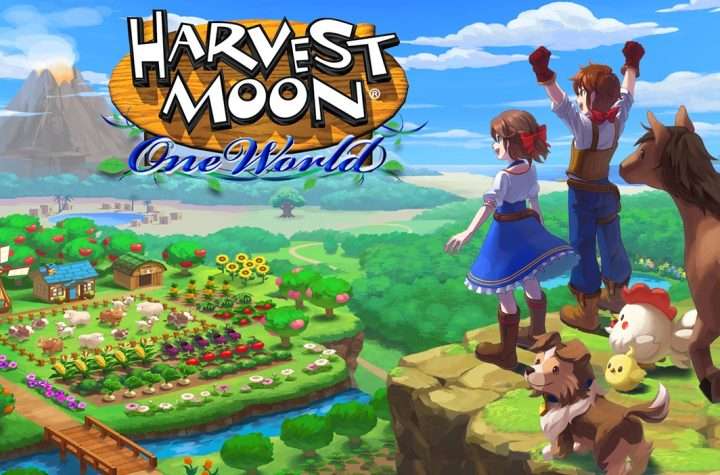

More Stories
MANOR LORDS Now Available via PC Game Pass, Steam, GOG, Epic Games Store
Metro Simulator 2 Review for Xbox
GTA Online this Week Features New Community Series, Free Tees, Nightclub Bonuses, and More